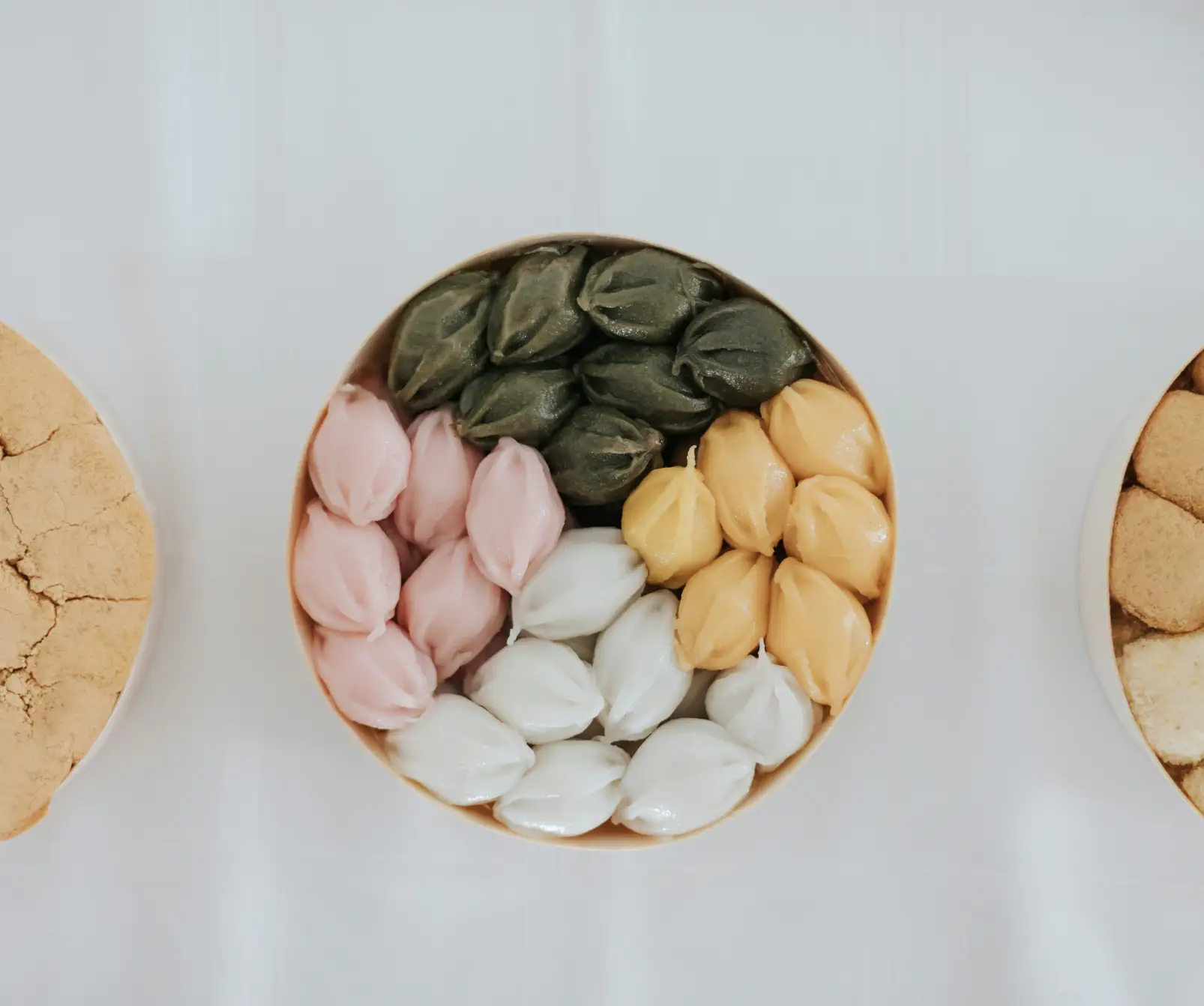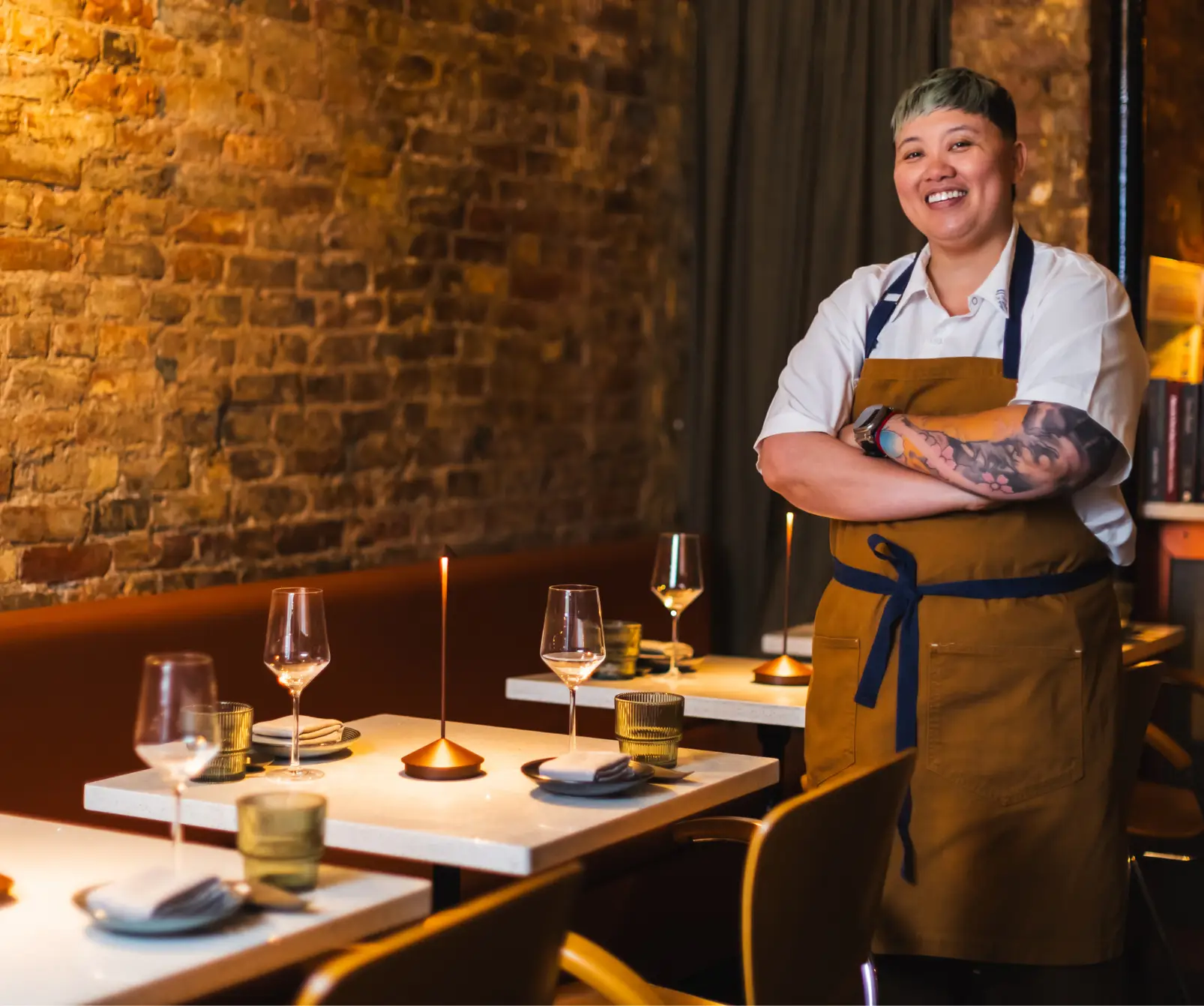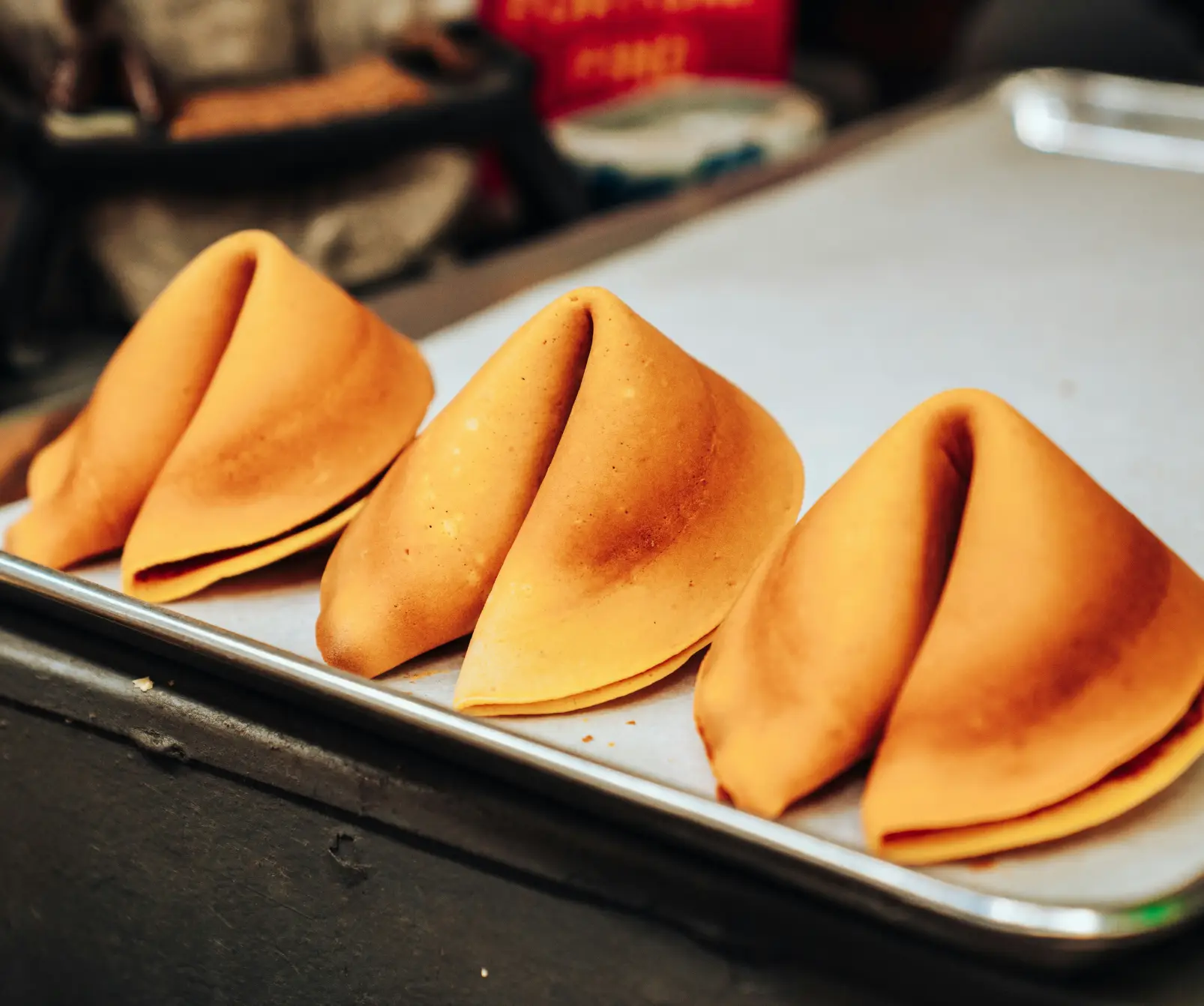I recently asked my parents about a Chinese tradition so that I can learn, understand, and hopefully pass it on to future generations in our family. But when I asked what we do on this particular occasion, my mom said “Eat.” That’s it. Just “eat.”
This clearly explains why the only thing I remember about any Chinese holiday is the food! And there’s no exception when it comes to New Year. However, there’s one food–or rather ingredient– that is a staple across multiple Asian countries at New Year. That is: glutinous rice.
The chewy and oh-so-satisfying glutinous rice desserts and dishes take center stage during these festivities. From Japanese mochi to Chinese tang yuan, these eats aren’t just delicious, they’re steeped in tradition, symbolism, and a whole lot of sticky magic.
Why Glutinous Rice?
Glutinous rice, also known as sticky rice, has been cultivated for thousands of years in Asia, prized for its unique texture. When cooked, it becomes soft, pliable, and, well, sticky—perfect for crafting desserts that symbolize togetherness, prosperity, and unity. Whether rolled into balls, pounded into dough, or sliced into cakes, glutinous rice is the culinary glue that brings families and communities together during these celebrations.
Here’s how it’s eaten at New Year in different countries…
Japan: Mochi and the Ritual of Renewal
The traditional mochitsuki (mochi-pounding ceremony) is a lively, communal event where glutinous rice is steamed and pounded into a smooth, stretchy dough. This rhythmic process is often done in pairs, one person swinging a wooden mallet while another flips and moistens the rice. Since it’s a communal activity by necessity, mochi symbolizes unity and working together to make a prosperous community.
Kagami mochi, a two-tiered mochi stack topped with a mandarin orange, is offered to the gods as a gesture of gratitude and a wish for blessings in the coming year. When eaten, mochi takes many forms, from plain and dusted with kinako (roasted soybean flour) to stuffed with sweet red bean paste or even ice cream.
China: Tang Yuan and the Sweetness of Togetherness
In China, tang yuan is the dessert of choice for Lunar New Year and the Lantern Festival. These glutinous rice balls, often filled with black sesame paste, peanut butter, or red bean, are served in a sweet, fragrant broth. The round shape of tang yuan symbolizes unity and family togetherness, making it a dessert rich in both flavor and meaning.
Making tang yuan is as much about the process as the result. Families often gather to hand-roll the sticky dough into perfect spheres, laughing, chatting, and creating memories in the process. Whether served plain or bursting with fillings, tang yuan represents the sweetness of family ties and the hope for a harmonious year ahead.
Chinese families also enjoy other glutinous rice dishes for new year, too, such as: 8 treasure rice (which I liken to a fruit cake but with sticky rice instead of flour and more symbolism and meaning), and Nian Gao (literally Year Cake), made with honey or sugar and offered to the Kitchen God.
Fun fact: some Filipinos also eat Nian Gao for New Year. They call it Tikoy!
Korea: Tteokguk and the Promise of Growth
In Korea, tteokguk (rice cake soup) is a must-have dish for the Lunar New Year, celebrated as Seollal. Tteokguk uses glutinous rice cakes called garaetteok, which are sliced into oval coins that resemble ancient Korean currency. Eating tteokguk is said to bring good fortune and mark the symbolic “growing” of a year in your life.
The act of preparing and eating tteokguk is deeply tied to tradition. Families gather to share the meal, honoring ancestors and setting intentions for a prosperous and harmonious year. Koreans also even enjoy sweet rice cakes, such as injeolmi (chewy rice cakes coated in roasted soybean powder) or songpyeon (half-moon-shaped rice cakes filled with sweet fillings), as part of the celebrations.
Vietnam: Bánh Tét and Sticky Traditions
In Vietnam, bánh tét and bánh chưng are New Year’s taples. Both are sticky rice dumplings, kind of like tamales, filled with mung beans, pork, or even sweet coconut, and wrapped in banana leaves. Bánh tét is cylindrical, representing the sky, and bánh chưng is square representing the earth. The act of wrapping them is often a family affair, with elders teaching younger generations how to create the perfect roll.
This ancient traditional food symbolizes prosperity and togetherness.
The Sticky Sweet Takeaway
Across Asia, glutinous rice makes for more than just tasty treats and eats – they are edible symbols of community, culture, and hope for the year ahead. Whether you’re pounding mochi in Japan, rolling tang yuan in China, slicing tteokguk in Korea, or unwrapping bánh tét in Vietnam, you’re not just enjoying a meal—you’re participating in centuries-old traditions that celebrate unity, prosperity, and new beginnings.
So this New Year, grab a bowl, roll up your sleeves, and dig into the sweetness of glutinous rice. Because whether it’s chewy, sticky, or delightfully stretchy, there’s one thing all these dishes have in common: they bring people together, one bite at a time.
After all, the family that eats sticky rice together sticks together!






